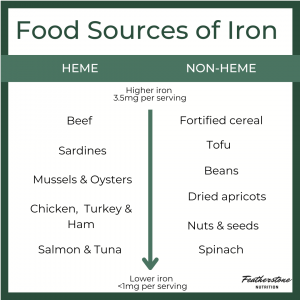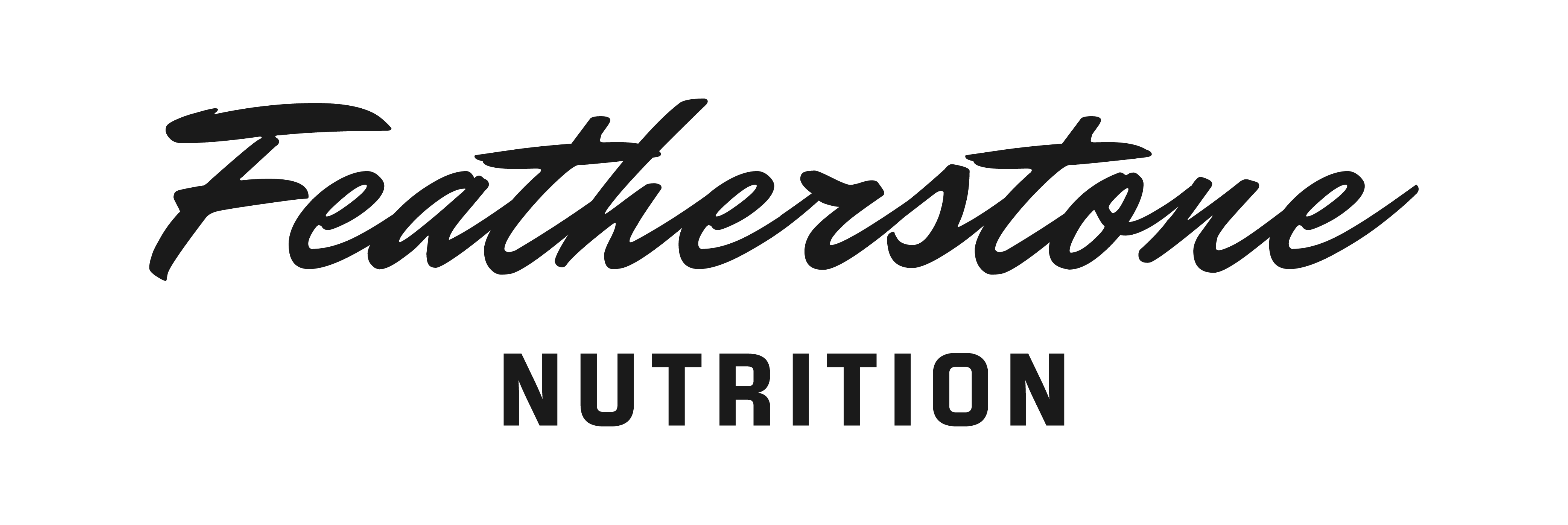Increasing Iron & Ferritin Levels Through Food & Supplements
In last week’s post, we shared how you can use blood testing to figure out whether your iron and ferritin levels are too low. If they are, this might be the cause or a contributing factor to feeling fatigued, heavy, and slow in training and other issues you’ve struggled to get to the root of. Now let’s explore how you can increase iron and ferritin through a combination of nutrition and supplements.
What should I do with my lab results?
Once you’ve gotten the blood panels we recommended, it’s helpful to work with a dietitian to interpret the results, look at the broader context of your training and lifestyle, and if you’re low in ferritin and iron, come up with a plan to remedy that. Getting the data is necessary but interpreting it the right way is even more important. This is important: We don’t ever want to blindly start an iron supplement – it can be dangerous if your iron levels get too high. I highly recommend consulting a dietitian or doctor prior to starting any iron supplement.
At what levels should I start increasing iron in my diet or supplementing?
As I wrote in part two of this series, the clinical range for an acceptable ferritin level is very broad – 10 – 120 ng/mL for women and 20 – 250 ng/mL for men. But from an endurance performance standpoint, the baseline should be 40 ng/mL, or 50 ng/mL if you live at high altitude or are planning to train in it. If your panels come back with lower numbers, it’s probably wise to start supplementing and getting more iron in your diet.
What foods contain iron?
There are two kinds of iron found in food.  Meat, fish, and other animal products contain heme iron, which is more readily absorbed. Solid sources include shellfish, beef, bison, lamb, turkey, ham, and eggs. Plant foods have non-heme iron instead, which is found in chard, kale, collard greens, spinach, broccoli, sweet potatoes, pumpkin seeds, brussels sprouts, nuts, lentils, and dark chocolate (bonus!). Fortified cereals and other foods also contain non-heme iron.
Meat, fish, and other animal products contain heme iron, which is more readily absorbed. Solid sources include shellfish, beef, bison, lamb, turkey, ham, and eggs. Plant foods have non-heme iron instead, which is found in chard, kale, collard greens, spinach, broccoli, sweet potatoes, pumpkin seeds, brussels sprouts, nuts, lentils, and dark chocolate (bonus!). Fortified cereals and other foods also contain non-heme iron.
What increases iron absorption?
There are some substances that can enhance the amount of iron you get from your diet. You’d do well to pair iron-rich foods with those that contain vitamin C, like peppers, citrus fruit, and kiwis because it increases absorption. Fermented products like kombucha, kimchi, and dill pickles also seem to increase iron uptake, as does alcohol. Another sneaky tactic is to use a cast iron skillet to cook with. A study conducted at Texas Tech University found that cooking spaghetti sauce in this kind of pan increased participants’ iron uptake by 2 mg, while they got 6 mg more from apple sauce.
What interferes with iron absorption?
Things that interfere with iron absorption include calcium, magnesium, zinc, soy protein, phytic acid found in some grains, nuts, and seeds, and, sadly for the caffeine crowd, tea and coffee. It doesn’t mean that you should avoid any of these – just try spreading them out a bit from your iron-rich meals.
Why might food not be enough?
As a registered dietitian, I always encourage clients to look to their nutrition first, if possible, and then utilize supplements. The recommended intake for iron is 8mg for men, 18mg for menstruating women, 27mg for pregnant women, and 8mg for post-menopausal women. So, as you can see, many women need several to many high iron foods per day, which is difficult for many people to consume. There’s another challenge, in that your body can only absorb 15 – 35% heme iron from animal sources, and just 10 – 15% of non-heme iron from plant-based foods. That’s why you may need to pair iron-rich nutrition with supplementation to get your ferritin and iron up.
Other reasons food alone may not be enough include if you’re extremely low in ferritin and iron, are training hard, are planning to train or race at altitude, or have a lot of extra life stress. If you’re vegetarian or vegan, you may need a supplement because the iron you’re getting from non-heme foods probably isn’t sufficient.
What are the best practices for supplements?
There’s a pretty broad range of potency with iron supplements, from 20 to 85 mg or more. How much you take depends upon what your diet looks like and how low your levels are. As with most supplements, it’s best to start with a low to moderate dosage and then build up from there if needed. A review out of Cornell University found that supplementing with just 20 mg a day increased iron stores, leading to improved performance and health outcomes.
In terms of timing, one hour before a meal or two hours afterward seems to be a sweet spot. A study published in Medicine & Science in Sports & Exercise found that if you run in the morning, taking your iron supplement afterward will increase iron absorption. Like I advised for food-based iron, avoid taking your iron supplement with others that contain magnesium, calcium, or zinc, as it will reduce absorption. This is why a standalone iron supplement is better than a multi from an iron perspective. Conversely, if you take vitamin C, you could do so with iron to increase absorption.
There can be side effects from taking iron – most typically constipation and GI distress. If you struggle with these, then cut back your intake or split it into two at different times of day. As heme iron is better absorbed, you might be able to take a lower dose of it than you would with the non-heme kind. Some supplements have a combination of both, and others are slow release, which can be gentler on your stomach. You can check out some of the products I use and recommend here.
How long will it take to notice a difference after starting a supplement?
People can start to notice positive changes with certain supplements like vitamin B12 almost right away. But iron stores take longer to increase, so don’t expect a “wow” factor after a day or two. Consistent daily iron supplementation should start to make a difference in about two weeks, and a month in, you may observe noticeable impact on your performance and recovery. However, for some people, it will take months for ferritin levels to increase, so be consistent & patient.
Do you need an expert to interpret your labs? The Featherstone Lab Consult is now available!
1. YJ Cheng and HC Brittin, “Iron in Food: Effect of Continued Use of iron Cookware,” Journal of Food Science, March 1991, available online at https://ift.onlinelibrary.wiley.com/doi/abs/10.1111/j.1365-2621.1991.tb05331.x. 2. Diane M DellaValle, “Iron Supplementation for Female Athletes: Effects on Iron Status and Performance Outcomes,” Current Sports Medicine Reports, July-August 2013, available online at https://pubmed.ncbi.nlm.nih.gov/23851410. 3.Rachel McCormick et al, “The Impact of Morning versus Afternoon Exercise on Iron Absorption in Athletes,” Medicine & Science in Sports & Exercise, October 2019, available online at https://pubmed.ncbi.nlm.nih.gov/31058762.
Disclaimer: The content in our blog articles provides generalized nutrition guidance. The information above may not apply to everyone. For personalized recommendations, please reach out to your sports dietitian. Individuals who may chose to implement nutrition changes agree that Featherstone Nutrition is not responsible for any injury, damage or loss related to those changes or participation.

